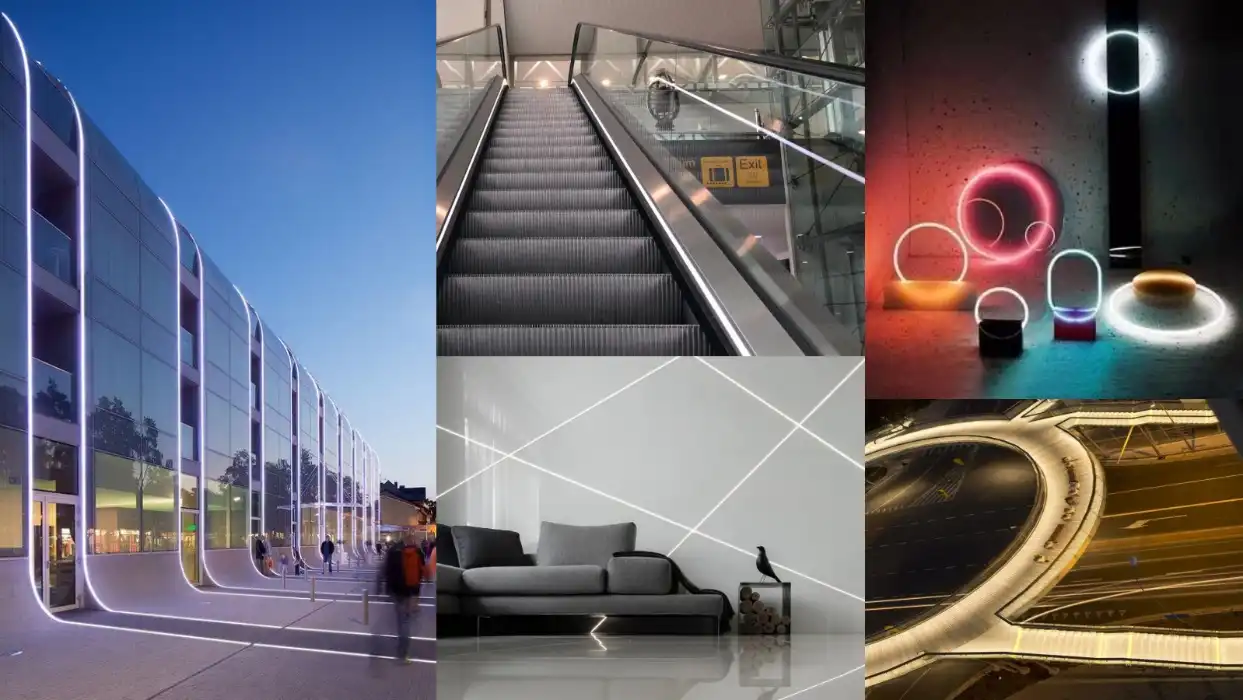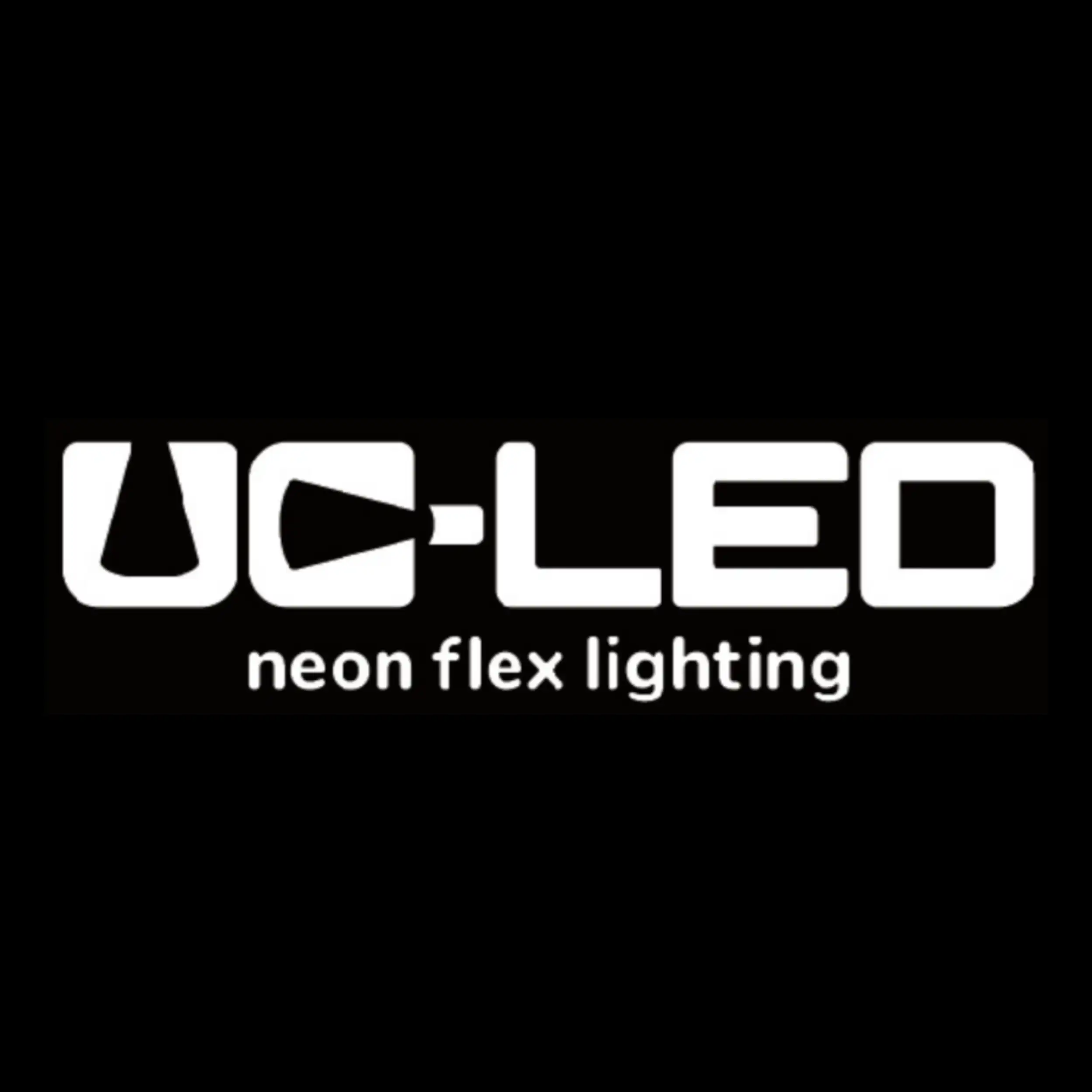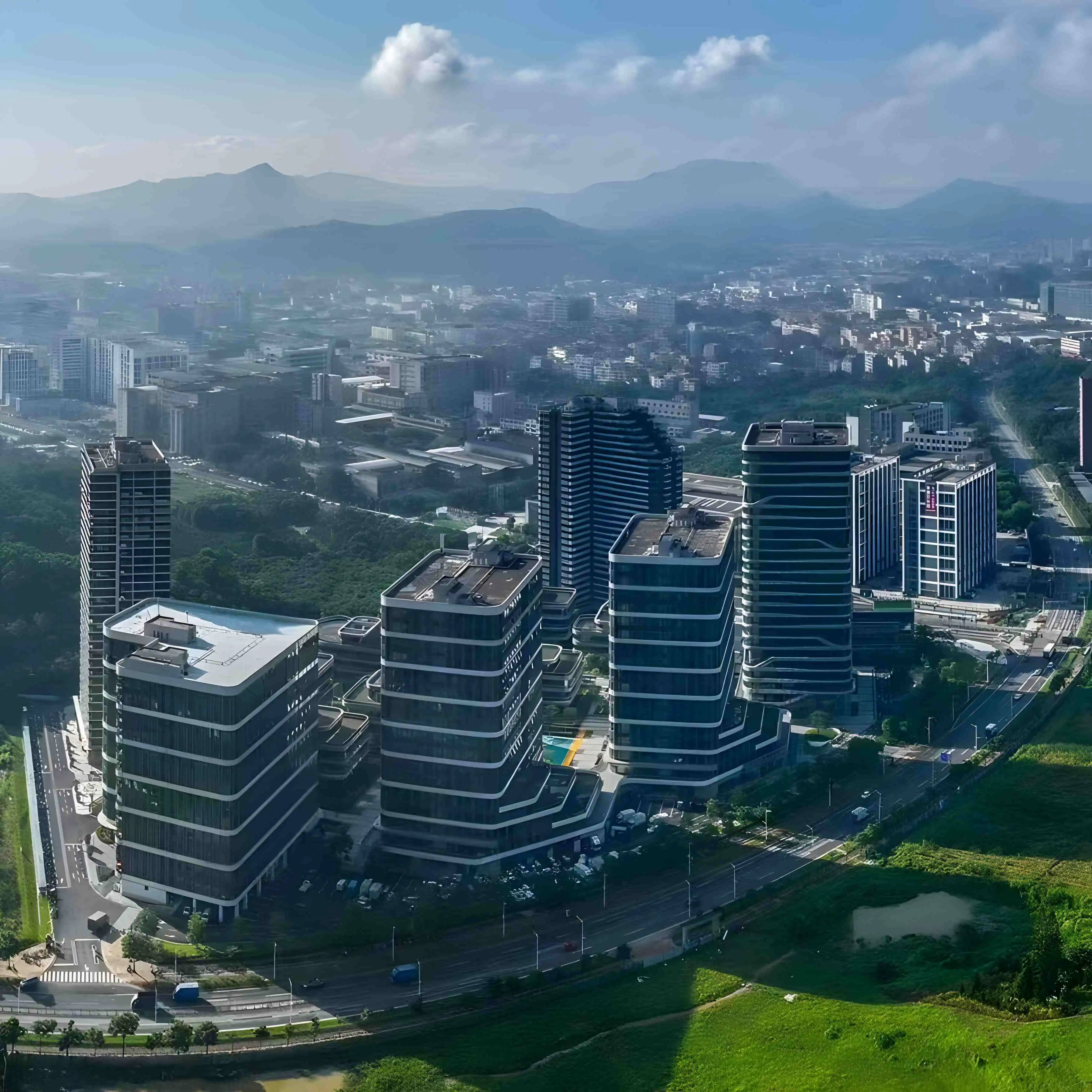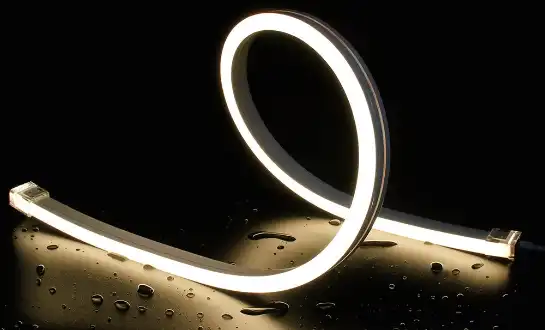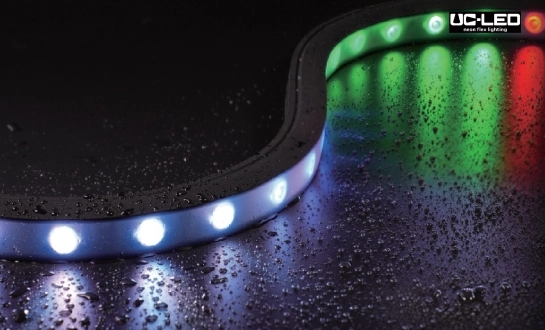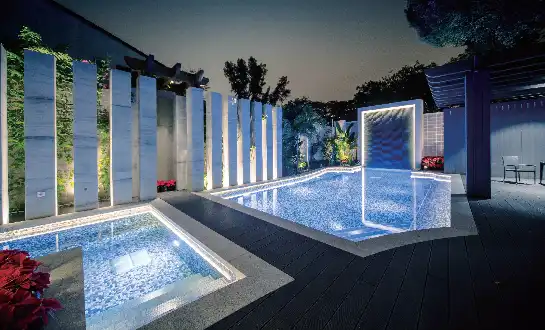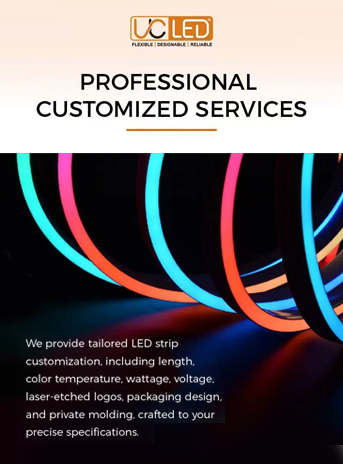Grasping LED Neon Flex: Standard vs. Custom
LED neon flex has revolutionized the lighting industry, offering a versatile and energy-efficient alternative to traditional neon lighting. As the demand for this innovative lighting solution grows, consumers are faced with a choice between standard and custom options. Understanding the differences between these two categories is crucial for making an informed decision that aligns with your project goals and budget.
Standard LED Neon Flex: Off-the-Shelf Convenience
Standard LED neon flex products are pre-designed and mass-produced, offering a range of readily available options. These off-the-shelf solutions typically come in standard sizes, colors, and shapes, catering to common lighting needs. The advantages of choosing standard LED neon flex include:
- Cost-effectiveness: Mass production reduces manufacturing costs, making standard options more affordable.
- Quick availability: Ready-to-ship products mean shorter lead times for your projects.
- Consistent quality: Established production processes ensure reliable performance across batches.
- Easy replacement: Standardized designs facilitate straightforward repairs or replacements when needed.
However, standard options may have limitations in terms of customization and may not perfectly fit unique or complex project requirements.
Custom LED Neon Flex: Tailored to Your Vision
Custom LED neon flex solutions offer a world of possibilities, allowing you to create lighting designs that are truly one-of-a-kind. When opting for custom product, you can expect:
- Precise specifications: Tailor the size, shape, color, and brightness to your exact requirements.
- Brand alignment: Create lighting solutions that perfectly match your brand identity or project aesthetic.
- Unique designs: Bring complex or unconventional lighting concepts to life.
- Optimized performance: Customize technical specifications for specific environmental conditions or applications.
While custom options offer unparalleled flexibility, they may require longer lead times and higher initial costs compared to standard products.
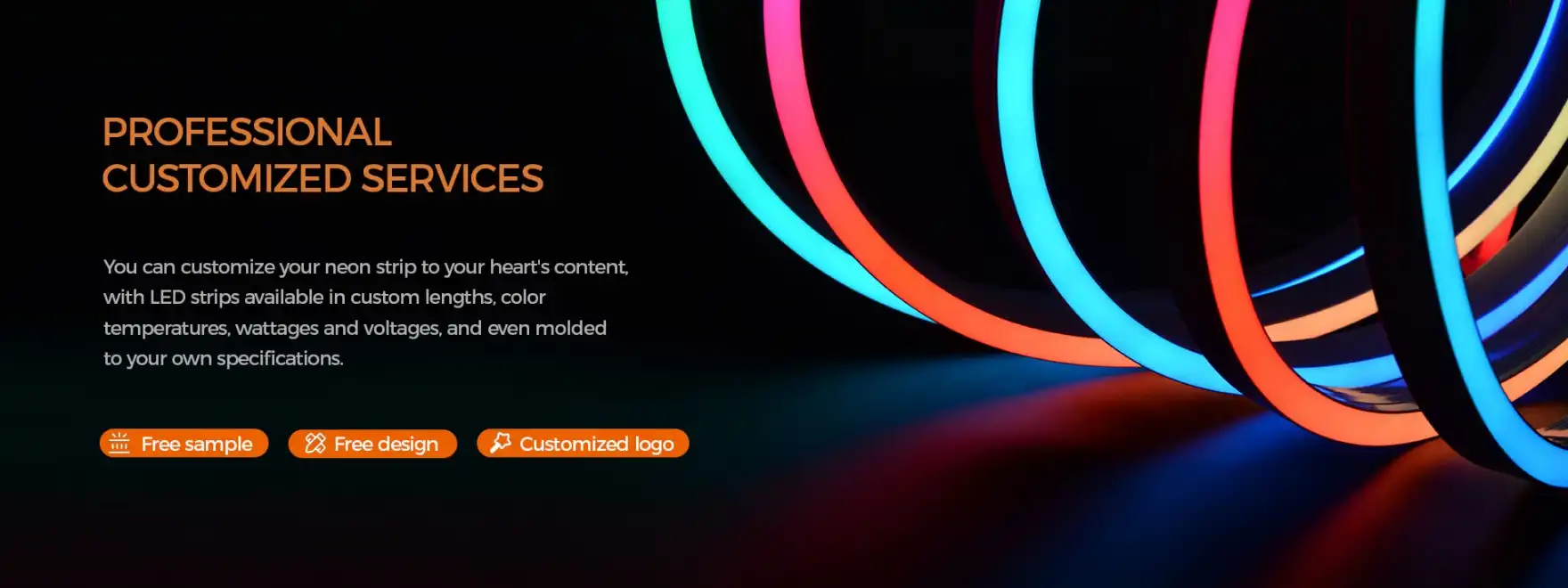
Factors to Consider When Choosing LED Neon Flex
Selecting the right LED neon flex option involves careful consideration of various factors. Whether you're leaning towards standard or custom solutions, evaluating these key aspects will help you make the best choice for your project:
Project Requirements and Complexity
Assess the intricacy of your lighting design and the specific demands of your project. Simple, straightforward applications may be well-served by standard LED neon flex options. However, if your project involves intricate shapes, logos, or specialized lighting effects, custom solutions might be necessary to achieve the desired outcome.
Installation Environment
Consider the physical context where the LED neon flex will be installed. Factors such as indoor vs. outdoor use, exposure to moisture or extreme temperatures, and potential physical impacts should influence your decision. Custom options may offer enhanced durability or specialized protection for challenging environments.
Color and Brightness Requirements
Evaluate your color and brightness needs carefully. Standard LED neon flex products often come in a range of popular colors and brightness levels. If your project requires specific color matching or unique color-changing capabilities, a custom solution might be the better choice.
Budget and Timeline
Balancing cost considerations with project deadlines is crucial. Standard LED neon flex options generally offer cost savings and quicker turnaround times. Custom solutions, while potentially more expensive and time-consuming, may provide long-term value through perfect fit and functionality.
Long-term Maintenance and Scalability
Think about the future of your lighting installation. Will you need to replace or expand the system? Standard options might offer easier maintenance and scalability, while custom solutions could provide a more tailored approach to long-term planning.
Making the Right Choice: Standard or Custom LED Neon Flex
After considering the factors above, you'll be better equipped to decide between standard and custom LED neon flex options. Here's a guide to help you navigate your decision:
When to Choose Standard LED Neon Flex
Opt for standard LED neon flex when:
- Your project has common dimensions and straightforward design requirements.
- You need a quick turnaround time for your lighting installation.
- Budget constraints are a primary concern.
- The available standard options adequately meet your color and brightness needs.
- Your installation environment doesn't pose unique challenges.
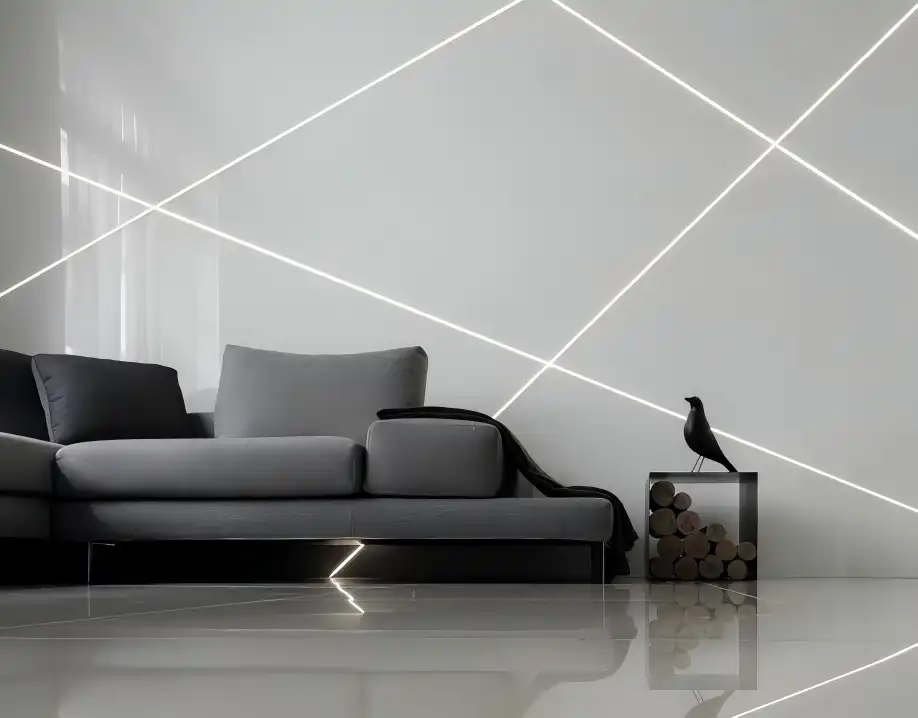
When to Choose Custom LED Neon Flex
Consider custom LED neon flex when:
- Your project involves complex shapes, logos, or specialized designs.
- Exact color matching is crucial for brand consistency or artistic vision.
- The installation environment requires specialized protection or features.
- You need specific dimensions that aren't available in standard options.
- Long-term value and perfect fit outweigh initial cost considerations.
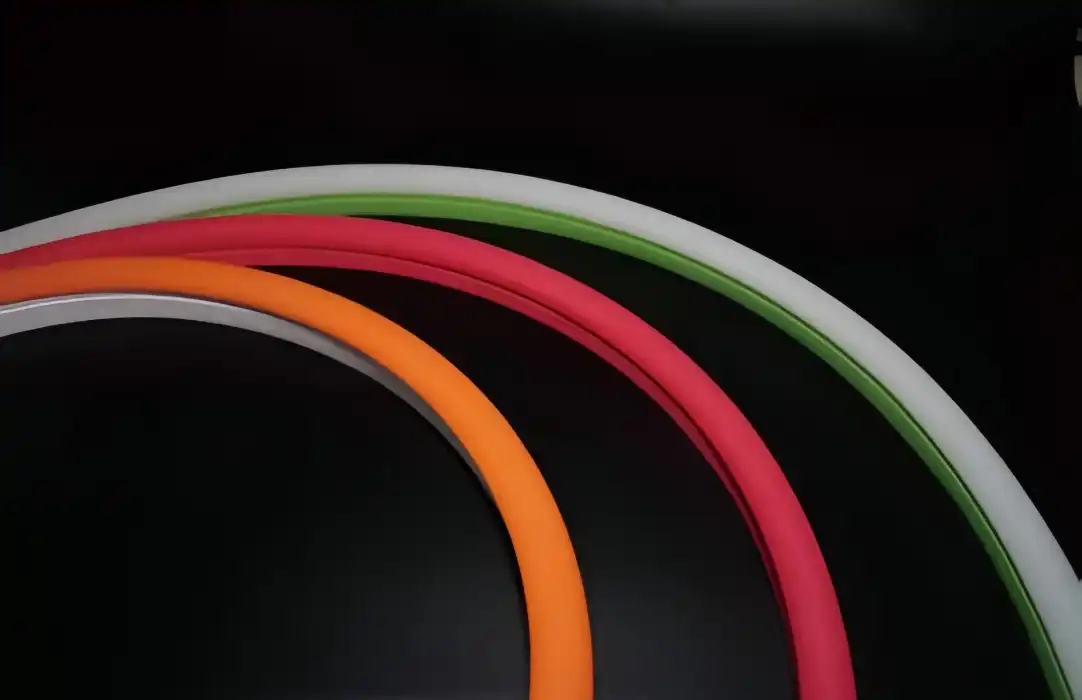
Hybrid Approach: Combining Standard and Custom Solutions
In some cases, a hybrid approach might be the most effective solution. This involves using standard product for parts of your project that don't require customization, while incorporating custom elements where needed. This strategy can help optimize both cost and performance.
When considering a hybrid approach:
- Identify areas where standard options suffice and where customization is necessary.
- Consult with lighting experts to ensure seamless integration of standard and custom elements.
- Evaluate the overall cost-effectiveness and aesthetic cohesion of the combined solution.
Conclusion
Choosing between standard and custom LED neon flex options requires careful consideration of your project's unique requirements, budget, and timeline. While standard options offer cost-effectiveness and quick availability, custom solutions provide unparalleled flexibility and precision in achieving your lighting vision. By thoroughly evaluating factors such as project complexity, installation environment, and long-term needs, you can make an informed decision that ensures the success of your lighting project.
Remember that consulting with experienced lighting professionals can provide valuable insights and help you navigate the decision-making process. Whether you opt for standard, custom, or a hybrid solution, the versatility of LED neon flex technology ensures that you can achieve stunning, energy-efficient lighting results that meet your specific needs.
FAQ
How long does it take to receive a custom LED neon flex order?
Custom LED neon flex orders typically take 2-4 weeks, depending on complexity and quantity. Consult with your manufacturer for specific timelines.
Are custom LED neon flex options more expensive than standard ones?
Generally, yes. Custom options involve additional design and production costs. However, they may offer better long-term value for specific projects.
Can I combine different colors in a custom LED neon flex design?
Absolutely! Custom LED neon flex allows for multiple colors and even color-changing options within a single design.
Choose QUAN HE for Your LED Neon Flex Needs | QUAN HE
QUAN HE Lighting Co., Ltd. is your premier choice for both standard and custom LED neon flex solutions. As a leading manufacturer with over a decade of experience, we offer superior quality, sustainable products, and comprehensive customization services. Our ISO-certified facility and expert R&D team ensure innovative, reliable lighting solutions tailored to your needs. For unparalleled expertise in LED neon flex, contact our factory at Linda@uc-led.com.
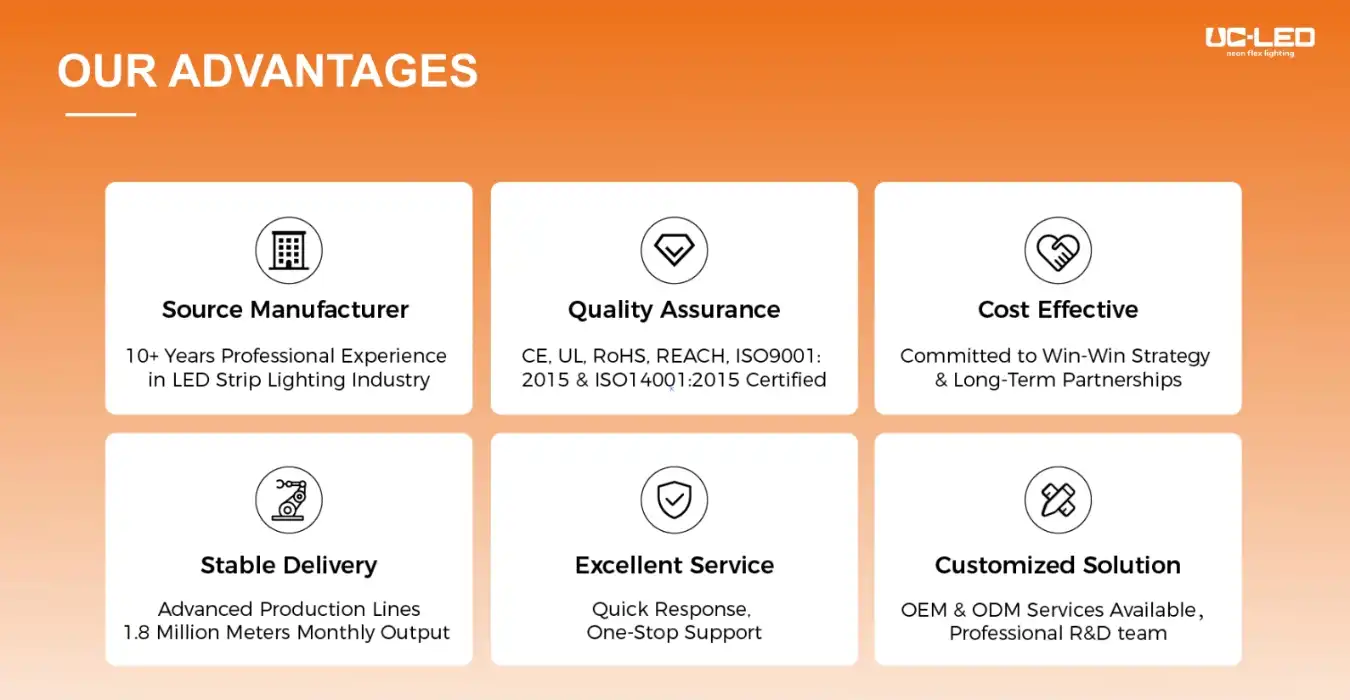
source: LED Light
References
1. Johnson, A. (2022). The Evolution of LED Neon Flex Technology in Modern Lighting Design. Illumination Engineering Society Journal, 45(3), 78-92.
2. Smith, B., & Brown, C. (2023). Custom vs. Standard LED Solutions: A Comparative Analysis for Commercial Applications. Journal of Architectural Lighting, 18(2), 112-128.
3. Lee, D. et al. (2021). Energy Efficiency and Longevity of Custom LED Neon Flex Installations. Sustainable Lighting Technologies, 9(4), 201-215.
4. Zhang, X. (2023). Advancements in Color Rendering and Brightness Control for LED Neon Flex. IEEE Transactions on Lighting Technology, 12(1), 55-69.
5. Patel, R., & Nguyen, T. (2022). Environmental Impact Assessment of Standard and Custom LED Lighting Solutions. Green Building and Environmental Sustainability, 7(3), 180-195.
